当前位置:
X-MOL 学术
›
Chem. Sci.
›
论文详情
Our official English website, www.x-mol.net, welcomes your
feedback! (Note: you will need to create a separate account there.)
Unique aqueous self-assembly behavior of a thermoresponsive diblock copolymer†
Chemical Science ( IF 9.969 ) Pub Date : 2023-02-15 , DOI: 10.1039/c9sc04197d Sarah J. Byard, Cate T. O'Brien, Matthew J. Derry, Mark Williams, Oleksandr O. Mykhaylyk, Adam Blanazs, Steven P. Armes
Chemical Science ( IF 9.969 ) Pub Date : 2023-02-15 , DOI: 10.1039/c9sc04197d Sarah J. Byard, Cate T. O'Brien, Matthew J. Derry, Mark Williams, Oleksandr O. Mykhaylyk, Adam Blanazs, Steven P. Armes

|
It is well-recognized that block copolymer self-assembly in solution typically produces spheres, worms or vesicles, with the relative volume fraction of each block dictating the copolymer morphology. Stimulus-responsive diblock copolymers that can undergo either sphere/worm or vesicle/worm transitions are also well-documented. Herein we report a new amphiphilic diblock copolymer that can form spheres, worms, vesicles or lamellae in aqueous solution. Such self-assembly behavior is unprecedented for a single diblock copolymer of fixed composition yet is achieved simply by raising the solution temperature from 1 °C (spheres) to 25 °C (worms) to 50 °C (vesicles) to 70 °C (lamellae). Heating increases the degree of hydration (and hence the effective volume fraction) of the core-forming block, with this parameter being solely responsible for driving the sphere-to-worm, worm-to-vesicle and vesicle-to-lamellae transitions. The first two transitions exhibit excellent reversibility but the vesicle-to-lamellae transition exhibits hysteresis on cooling. This new thermoresponsive diblock copolymer provides a useful model for studying such morphological transitions and is likely to be of significant interest for theoretical studies.
更新日期:2020-01-06

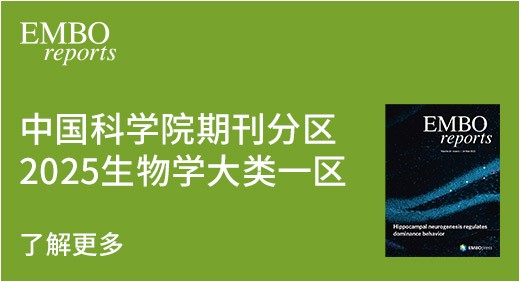

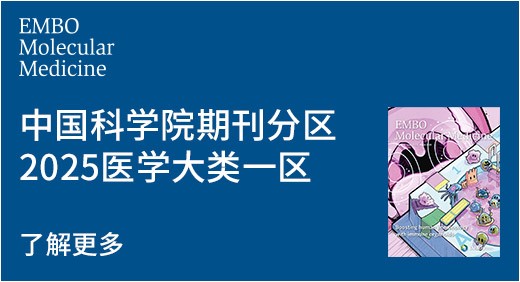
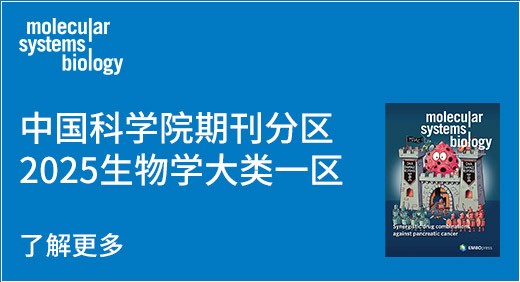
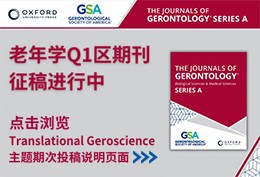





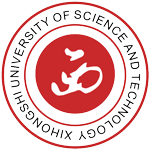


 京公网安备 11010802027423号
京公网安备 11010802027423号